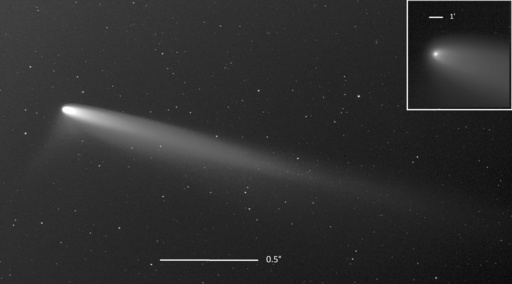NEW YORK — Get ready to catch a glimpse of an exceptional, bright comet approaching Earth.
This celestial body is hurtling toward us from the far reaches of the solar system, set to make its closest approach this Saturday. If sky conditions are favorable, it should remain visible until the end of October.
Comet Tsuchinshan-Atlas is bright enough to be seen with the naked eye, although using binoculars or a telescope will enhance the viewing experience.
“It’ll appear as a fuzzy circle with a long tail extending from it,” explained Sally Brummel, who manages the planetarium at the Bell Museum in Minnesota.
What exactly is a comet?
Comets are icy remnants from the formation of the solar system that took place billions of years ago. As they travel closer to the sun, they heat up and start to emit their distinctive streaming tails.
In 2023, a green comet that last came near Earth 50,000 years ago passed by us once more. Other notable comets included Neowise in 2020, and Hale-Bopp and Hyakutake during the mid to late ’90s.
Where does comet Tsuchinshan-Atlas originate?
Also referred to as C/2023 A3, this comet was discovered last year and bears the name of the observatories in China and South Africa that first identified it.
It originates from the Oort Cloud, located far beyond Pluto. After its closest approach, which is approximately 44 million miles (71 million kilometers) from Earth, it won’t be seen again for another 80,000 years—provided it survives its journey.
Larry Denneau, a leading researcher from the Atlas telescope that aided in its discovery, notes that while many comets are found annually, numerous ones burn up near the sun or remain too far away to be seen without specialized equipment.
How can you observe the comet?
For those eager to see comet Tsuchinshan-Atlas, it is recommended to head outside about an hour after sunset on a clear evening and look to the west. The comet will be observable from both the northern and southern hemispheres.


